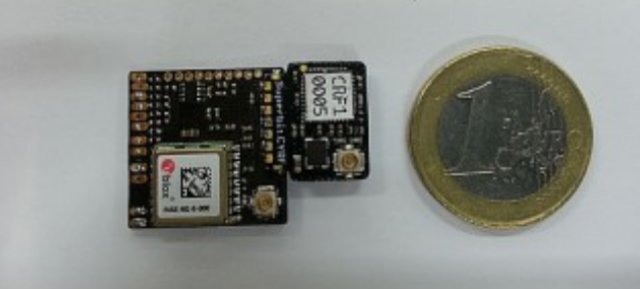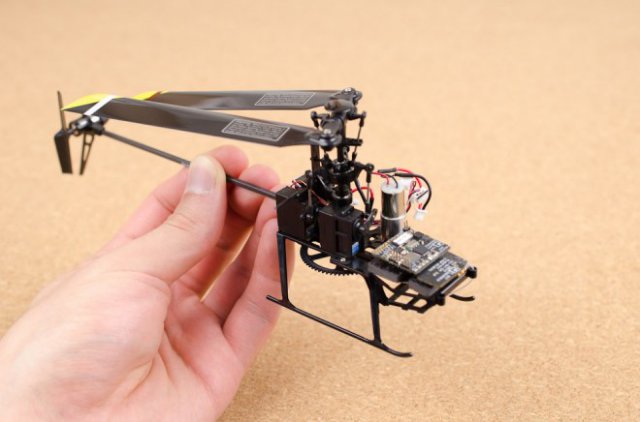The Lisa/S chip is 4 square-centimeters — about the same size as a Euro coin. But this 1.9-gram sliver of silicon includes everything you need to autopilot an unmanned aircraft.
It’s the world’s smallest UAS autopilot system — over 30 grams lighter than its predecessor — according to the chip’s designers at the Delft University of Technology in the Netherlands. And best of all, both the hardware and the software is open source, meaning anyone can copy and use it — for free.
“The main reason we chose open source is that we want to make it available for society,” says the project’s leader, Bart Remes. He envisions open source UAS technology enabling a wider range of civilian UAS applications, from agriculture to search and rescue.
“Before, only the military had access to this type of technology,” he says. “My vision is that within a few years, every fireman [will have] a UAS in his pocket.”
Remes says he’s been flying remote-controlled aircraft since he was six years old. About 10 years ago, as a student at Delft, he started building his own UAS, attracted to the challenges of programming and electronics. It turned out that very small UAS — called micro air vehicles, or MAVs — are a great way to teach aerospace engineering because they’re relatively cheap, safe and easy to programme.
“At university, a lot of students are working in a compute simulation and never see the real world,” Remes says. “With MAVs, they get to see the real world.” His student work turned into a full-time job as the head of the university’s MAV Laboratory, which is responsible for projects like DelFly, a small wing-flapping UAS that resembles a dragonfly.
 The Lisa/S chip. Photo: Delft University of Technology
The Lisa/S chip. Photo: Delft University of Technology
The Lisa/S is the MAV Laboratory’s latest project. The chip’s software is based onPaparazzi, an open source UAS autopilot system that’s been around since 2003. The real innovation is the hardware. The tiny chip packs in everything you need for an autopilot system, including a gyroscope, accelerometer, altimeter, GPS, and an ARM processor — the same sort of CPU you might find in your smartphone. The Lisa/S can be used with any type of UAS, from quadcopters to fixed-wing systems, Remes says.
The one limitation, he says, is that it can’t provide a continuous data link to its operators. “For us, it’s not a limitation, because it’s autonomous,” he says. “But I can understand that some people need constant data connection to the autopilot, so they’d need a slightly larger link.”
The chip was designed with the help of a U.S.-based electronics company called 1Bitsquared, which will sell Lisa/S chips starting in January 2014. But since both the hardware and software is open source, Remes says any company will be able to sell chips based on the technology.
Photo: The Lisa/S chip, perched on the front of MAV – 1bitsquared
Source: Wired

